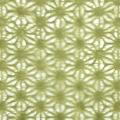Sanada-Himo (Ribbon)
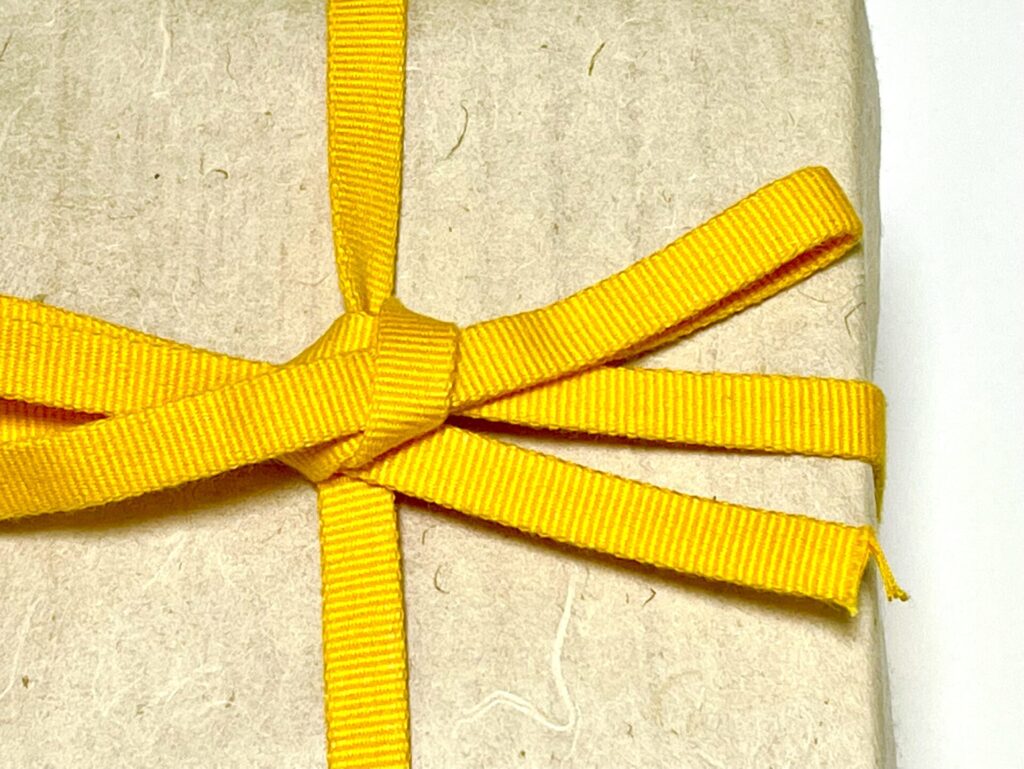
It is said to have been named after Yukimura Sanada's father, Masayuki, who used it as a "strong and sturdy cord". It is a precious traditional handicraft of a flat and narrow bag-shaped cord woven with thick cotton warp and weft yarns that do not stretch easily.
Since ancient times, it has been used as a cord to fasten important items, such as sword coils, armor ornaments, obi clasps for kimono, and strings for paulownia wooden boxes for tea accessories.
Please choose from the designs below and contct us.
A
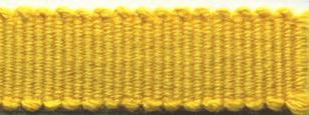
B

C

D

E

F

Furoshiki
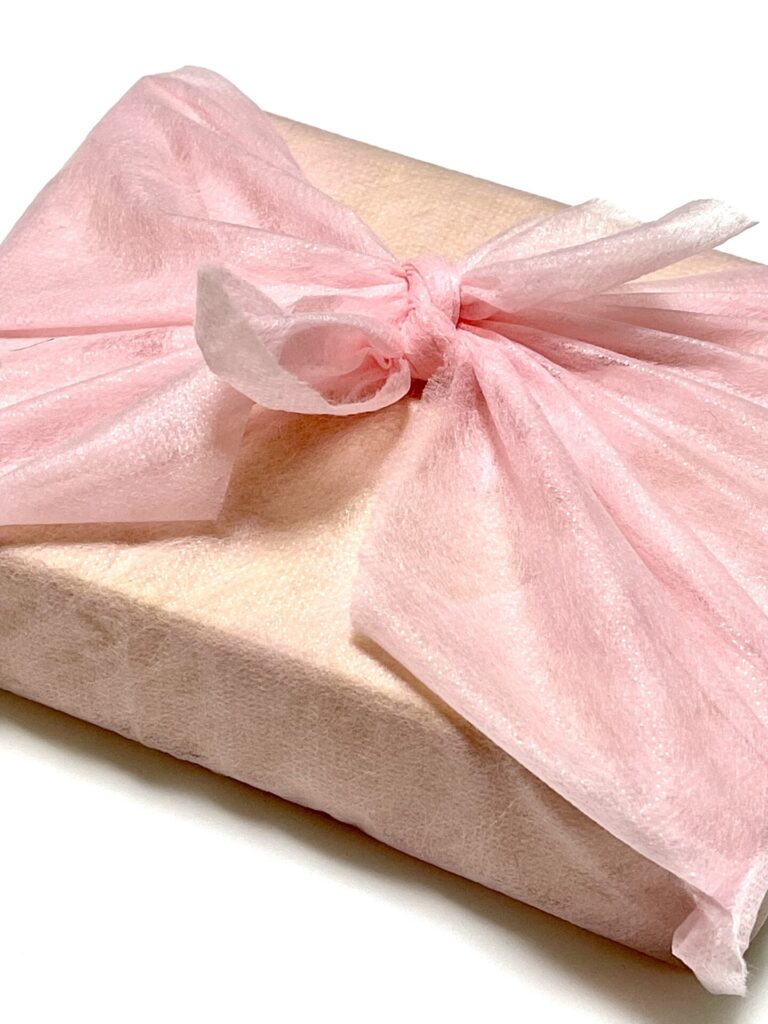
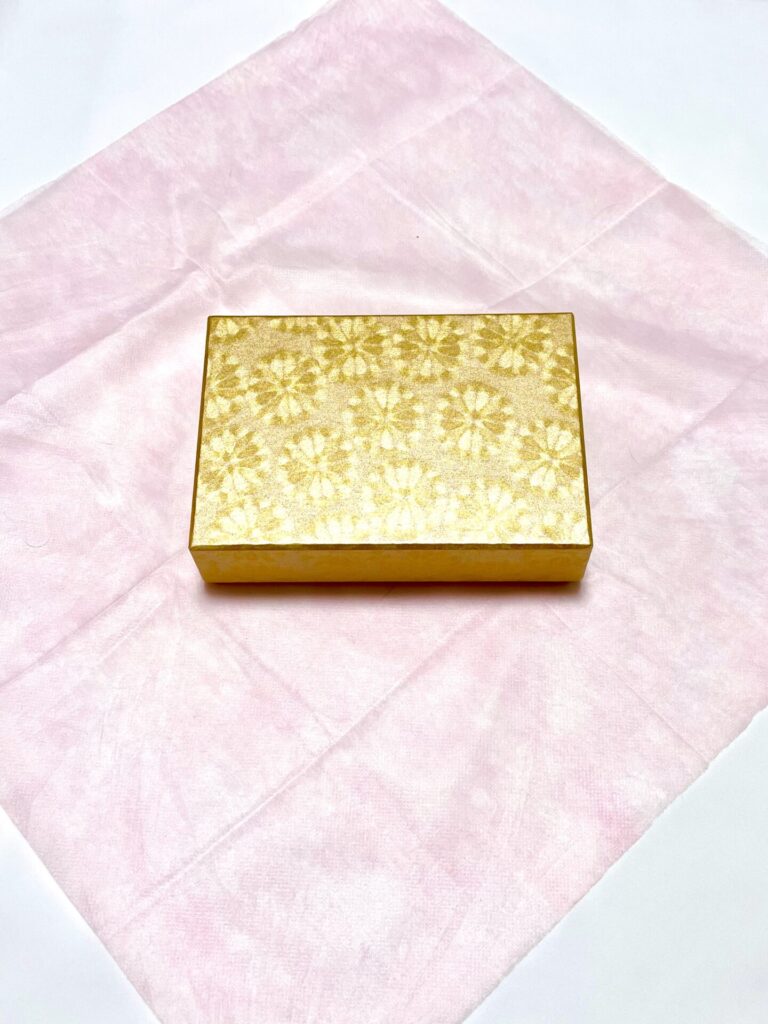
The time dates back to the Nara and Heian periods. Daimyo (feudal lords) sat on a cloth and enjoyed elegant bathing time to prevent burns from the hot steam baths. That cloth was the "Furoshiki" .
The word "Furoshiki" is said to have originated from the word meaning "something laid out in the bath.
Furoshiki can be used to wrap items in a variety of ways, without being limited by the size or shape of the item being wrapped. One of the charms of Furoshiki is that it can be used not only as a wrapping cloth, but also as a cloth for daily life, and can be freely arranged for various purposes. It is also popular as an eco-friendly bag or an item for disaster prevention because it folds up small when not in use and is light enough not to get in the way when carrying it around.
Please choose from the designs below(Non-woven fabric)and contact us. If you have any requests other than these designs, please feel free to ask.
A

B

C

Mizuhiki
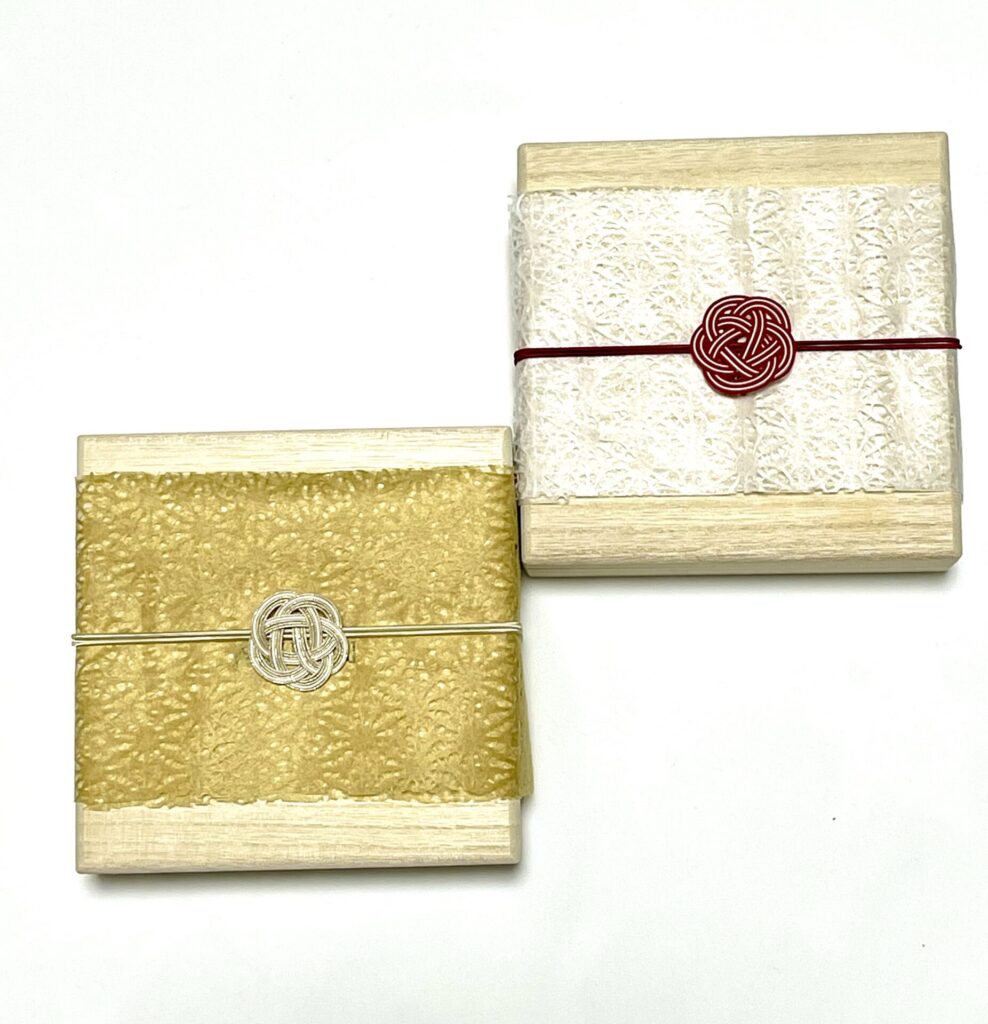
The history of mizuhiki dates back to the Asuka period (710-794).
It is believed that mizuhiki originated when Ono no Imoko, a Japanese envoy to China in the Asuka period (710-794), tied a piece of twine, dyed in red and white, to a gift to pray for the safe return of his envoy.
Mizuhiki are decorative paper strings attached to kinpu (envelopes used to wrap money at weddings and funerals), gifts, and talismans issued by temples and shrines, etc. Depending on the way they are tied and the combination of colors, they are used for various occasions of congratulations and condolences. Mizuhiki knot connects one person to another, heart to heart, and in it is expressed the feeling of care for the other person.
Please choose from the designs below and contact us. If you have any requests other than these designs, please feel free to ask!
A
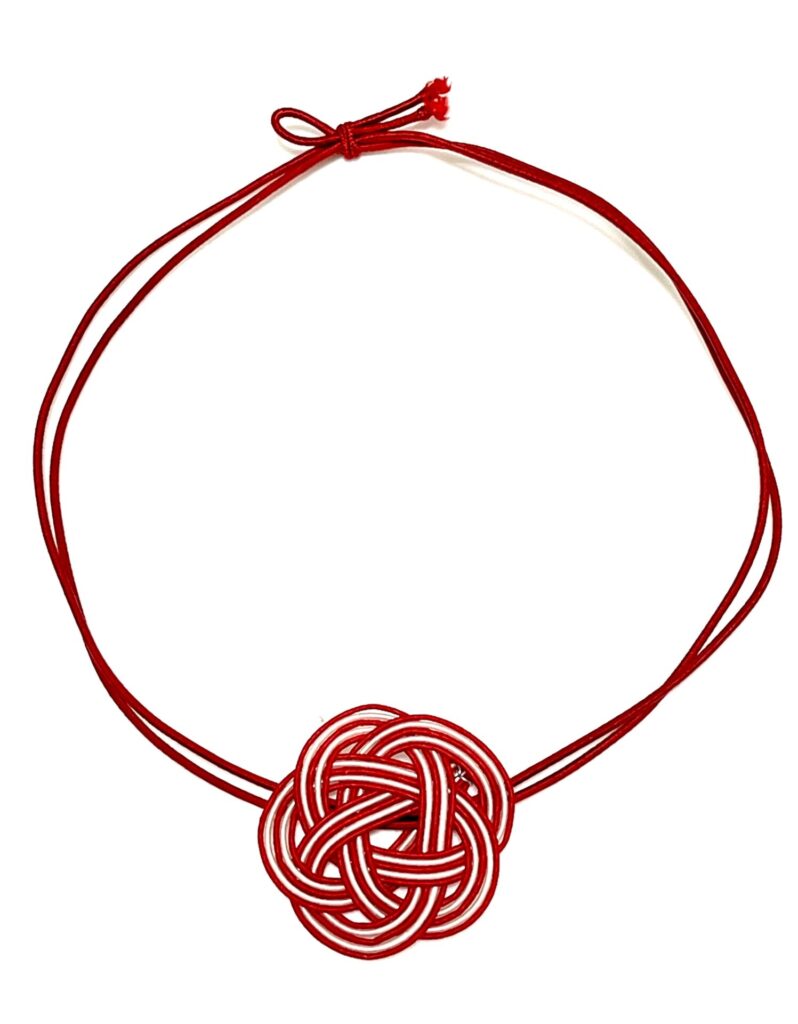
B
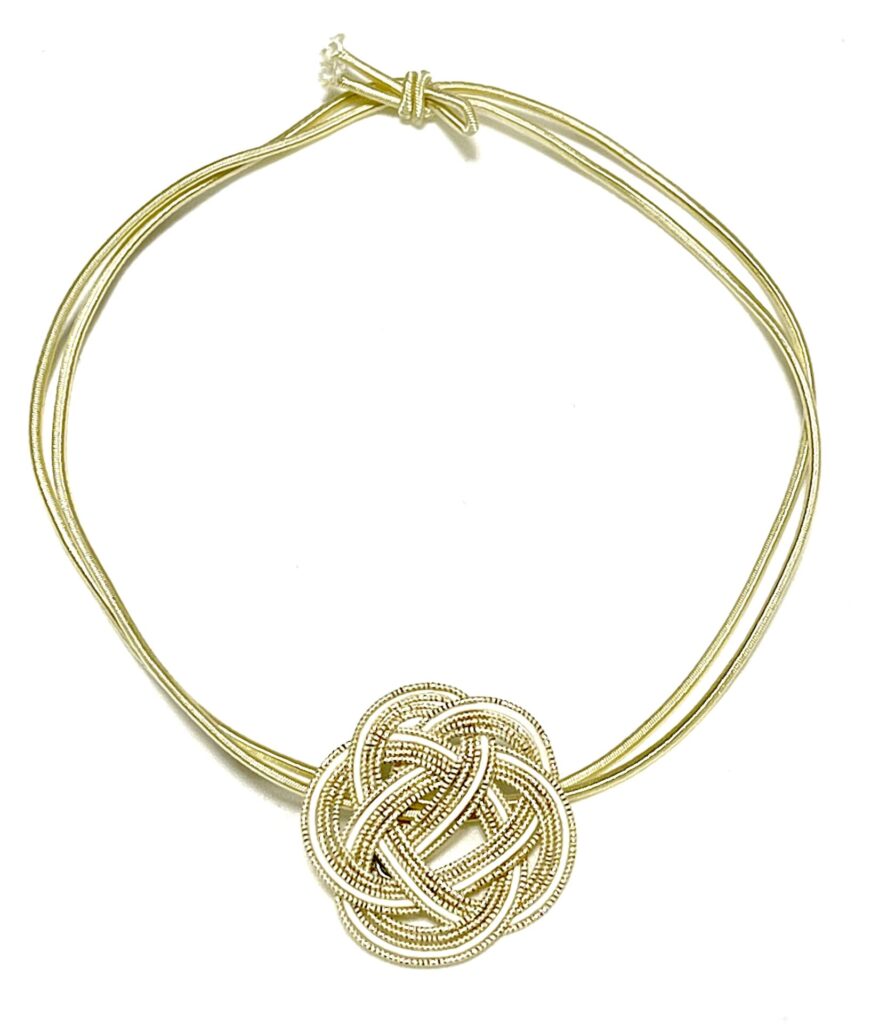
Tosa-Washi wrapping
The history of washi in Tosa (present-day Kochi Prefecture) is long, with a record of paper production dating back 1100 years, in a book called Engishiki.
During the feudal domain era, there was a specially protected position of "official paper-maker" who made paper for use by the Tosa domain. It is also well known that the paper was offered to the Shogunate as a specialty product, dyed paper in persimmon, yellow, purple, peach, mellow yellow (light green), light yellow (light blue), and blue, called "Tosa seven-color paper". It is evident that the high technology of paper making and dyeing of Tosa Washi was already highly valued at that time.
The Tosa-Washi we would like to introduce is a hemp leaf pattern. Hemp leaves grow quickly and straight, so the hemp leaf pattern is associated with the wish for the healthy growth of a child. This pattern also has the meaning of repelling evil spirits, and has been widely used as a pattern for maternity clothes since ancient times. It is a wish for the healthy growth of your children and grandchildren.
Please choose from the designs below and contact us. If you have any requests other than these designs, please feel free to ask.
A
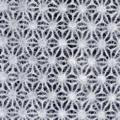
B
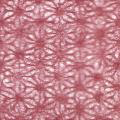
C
